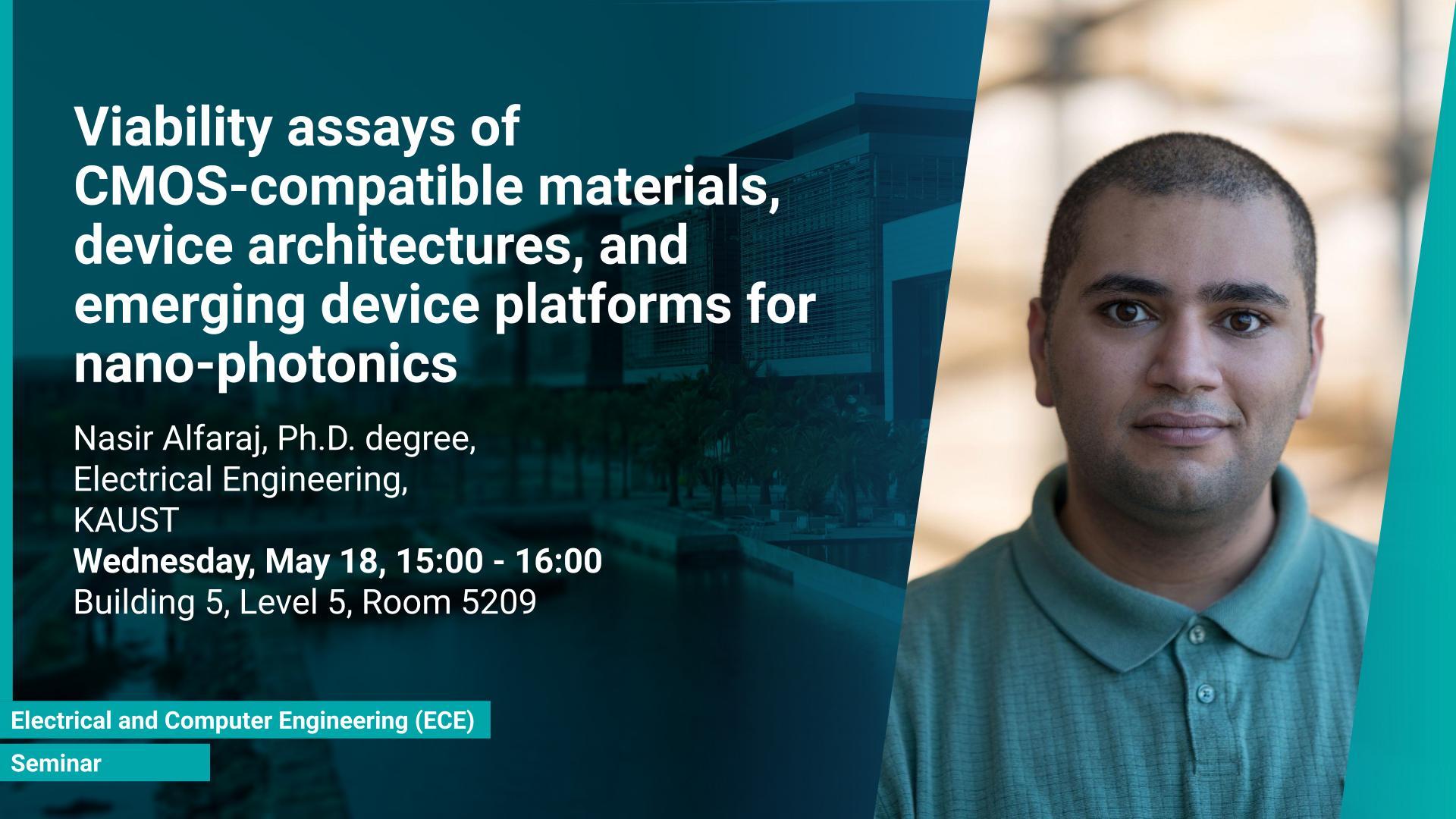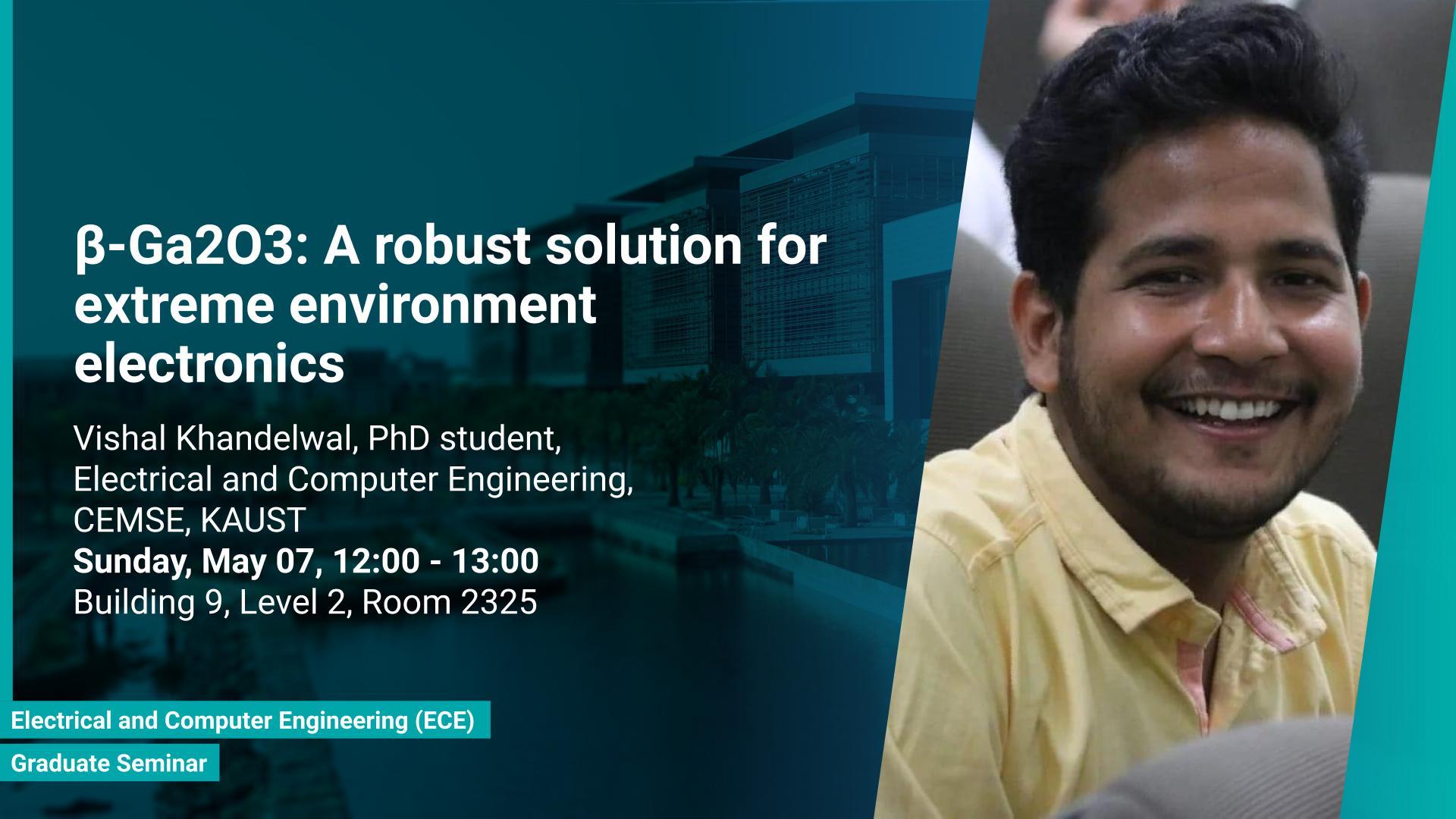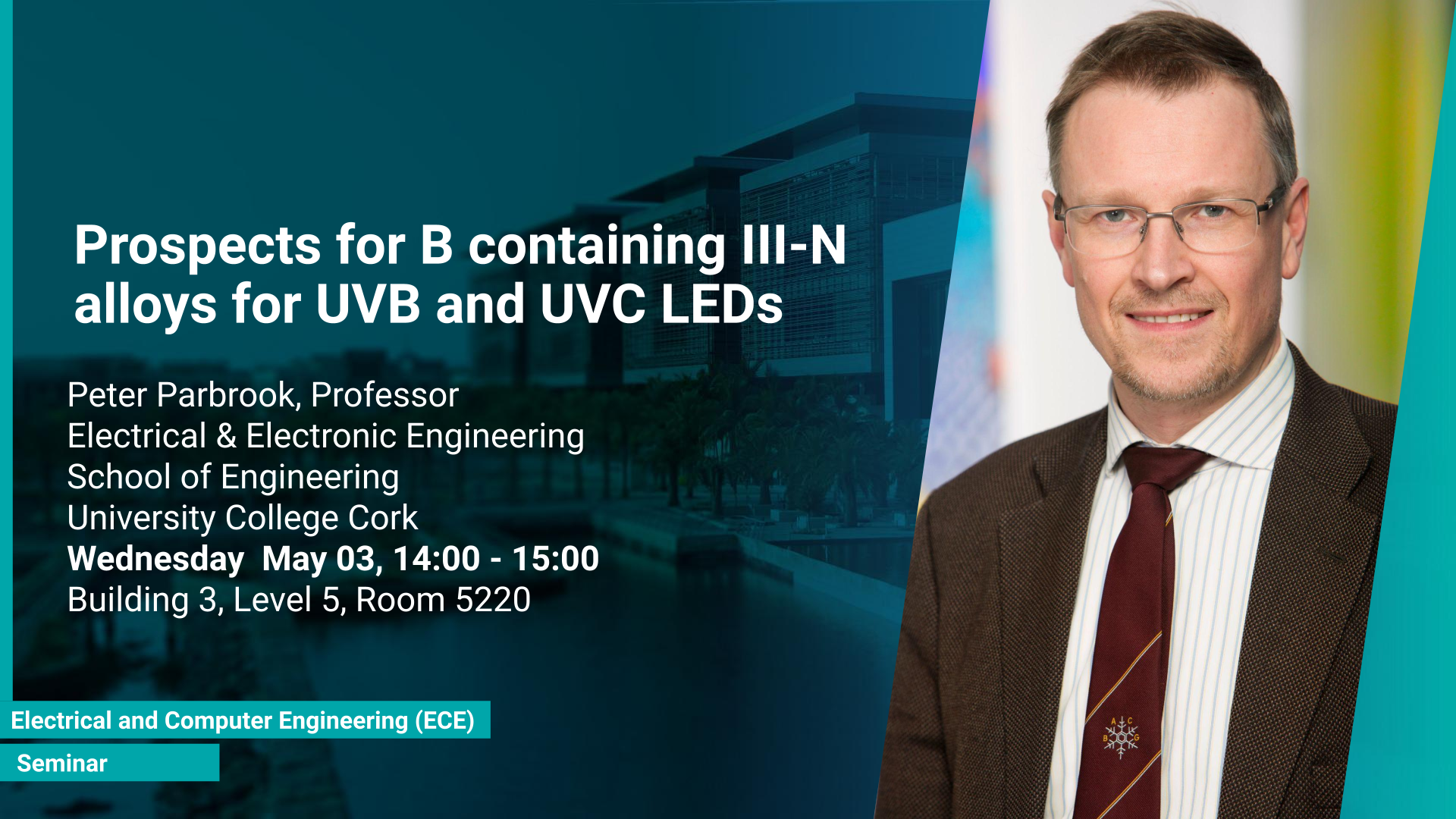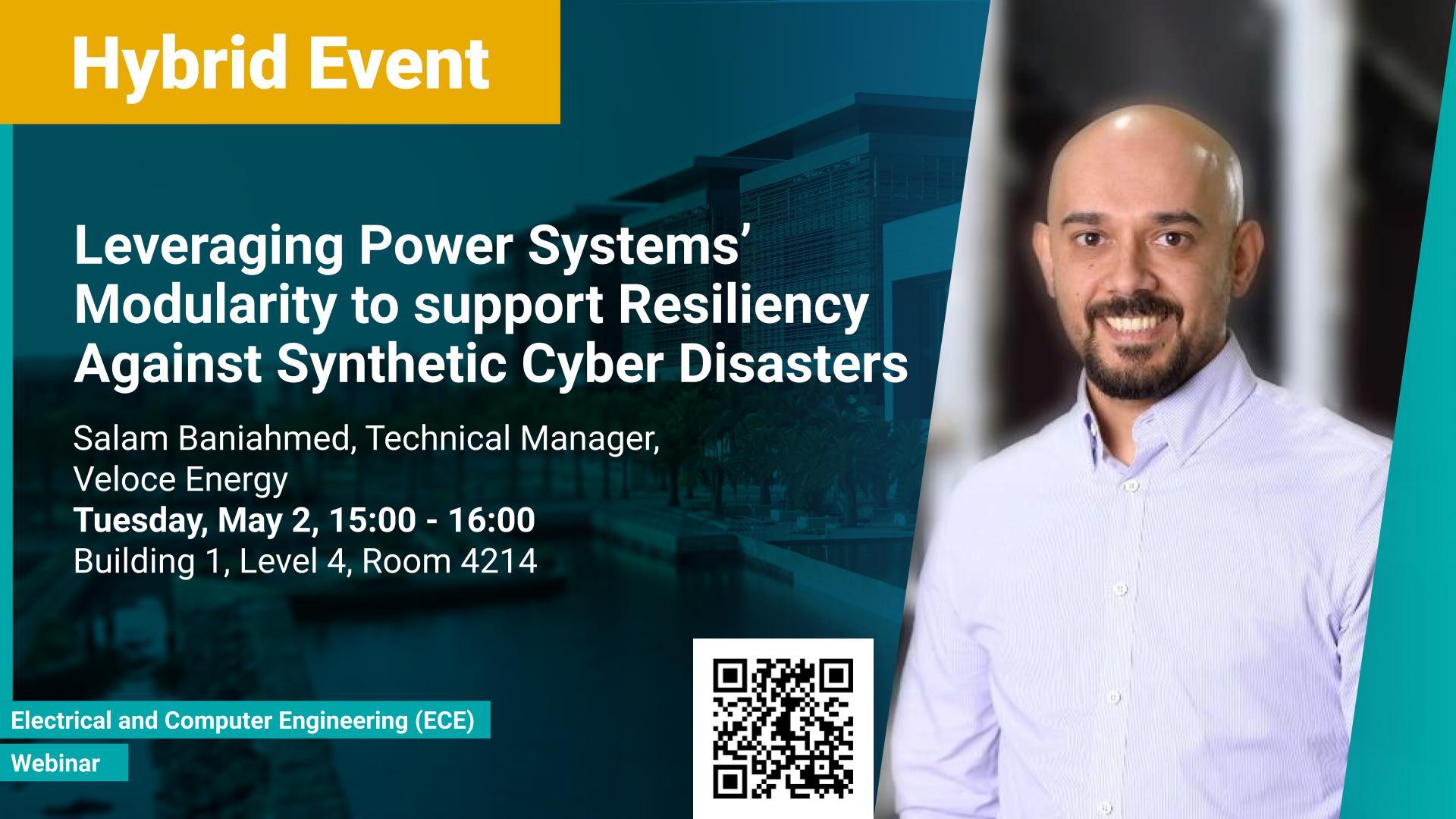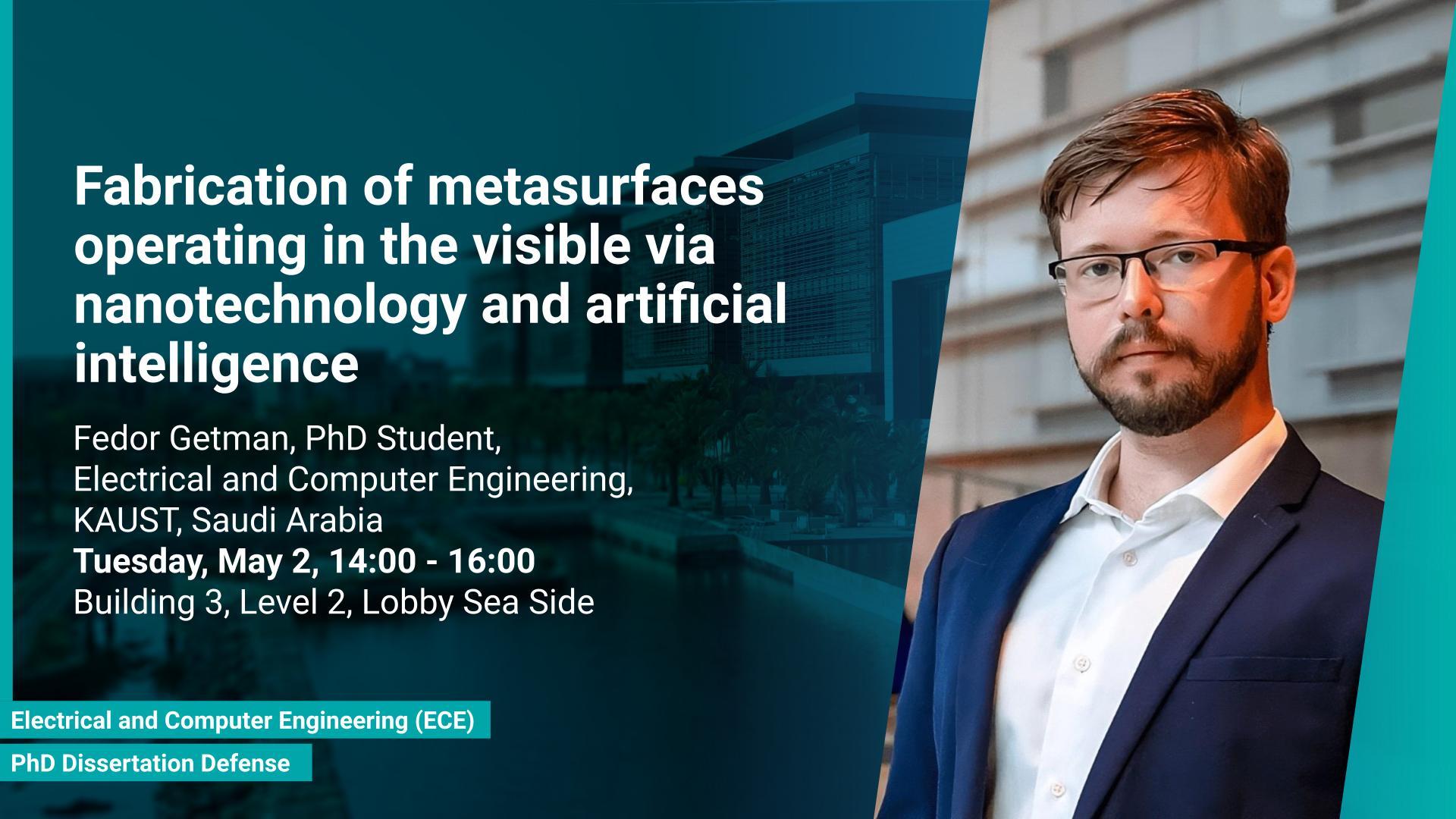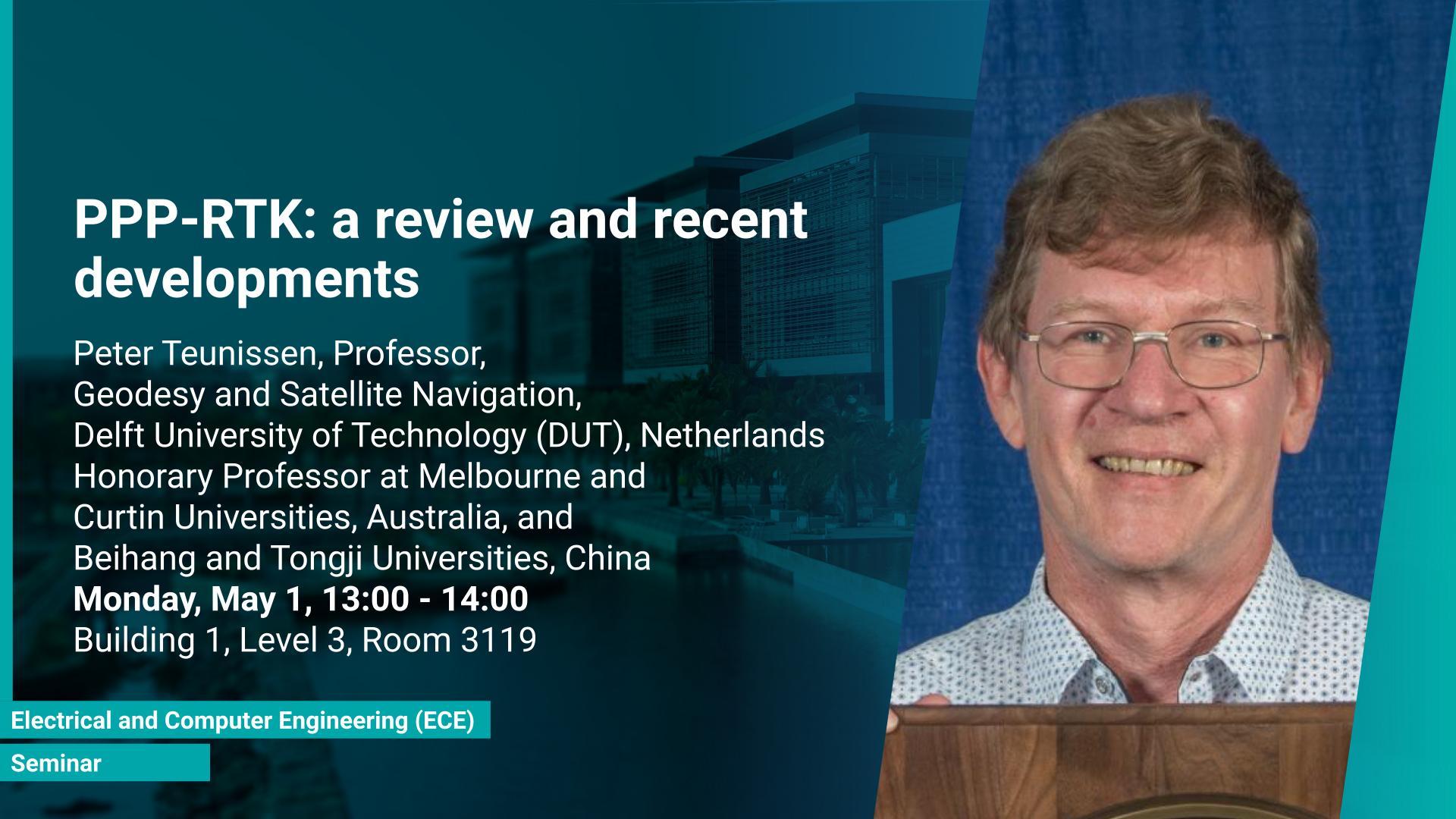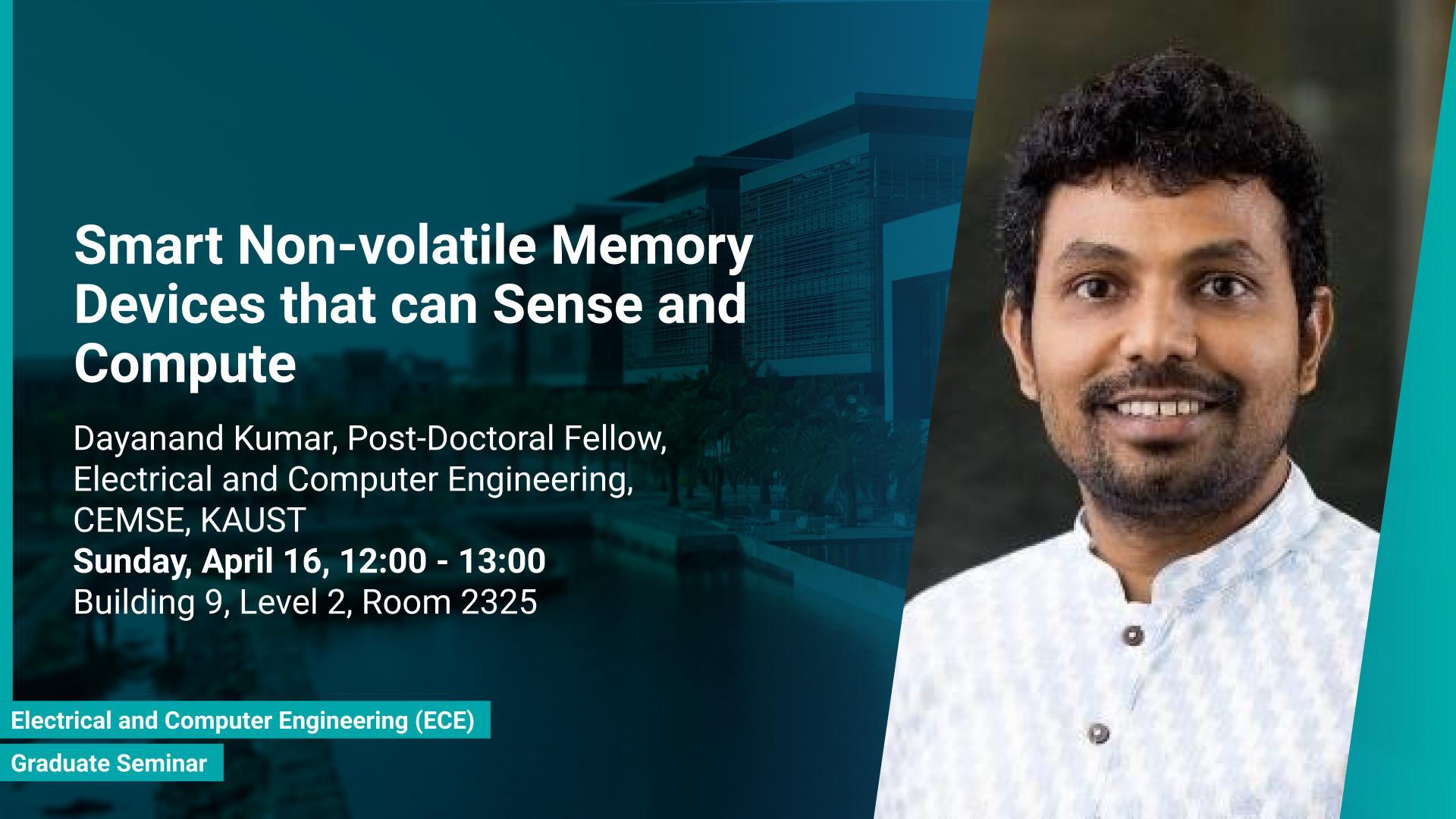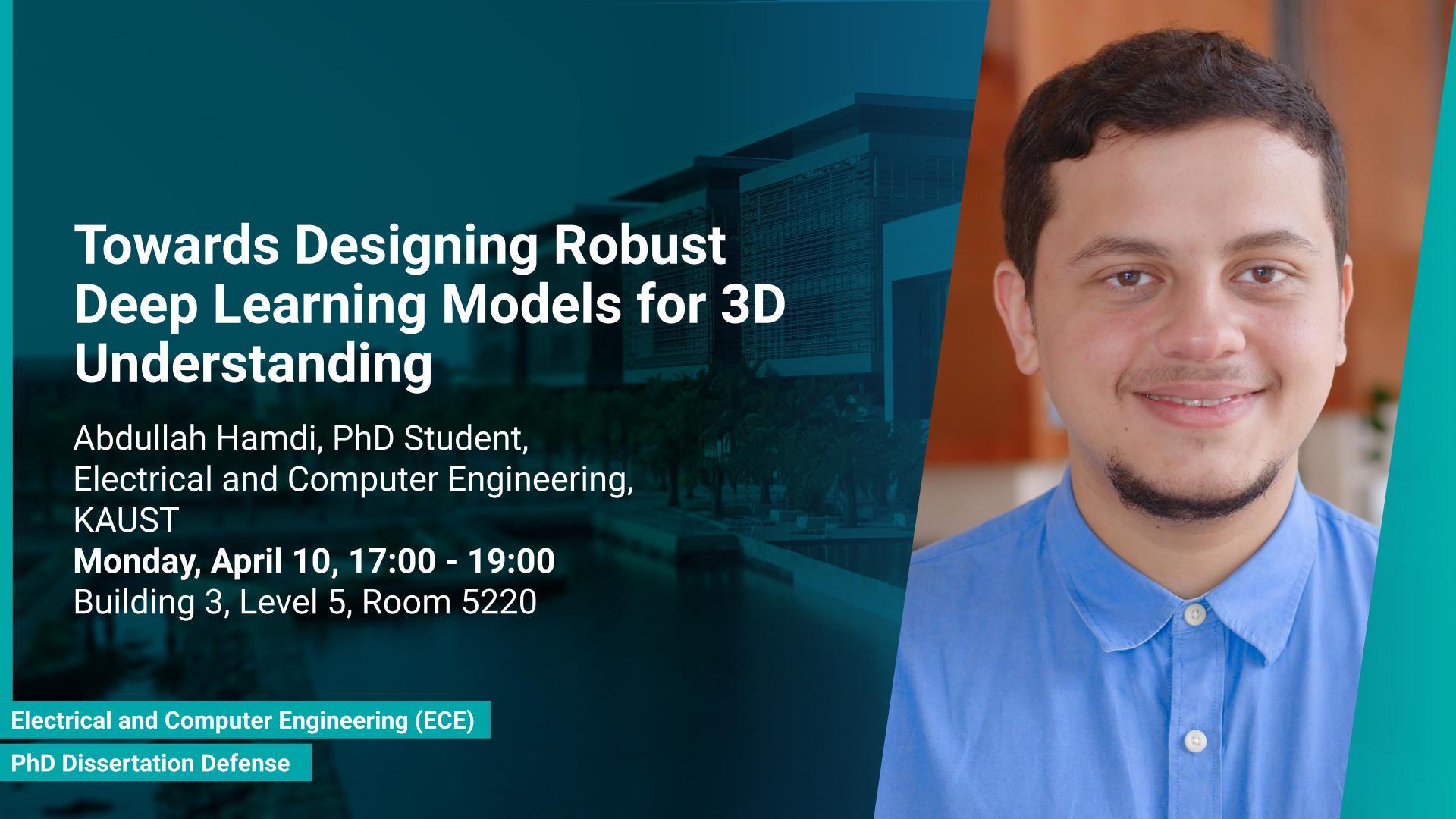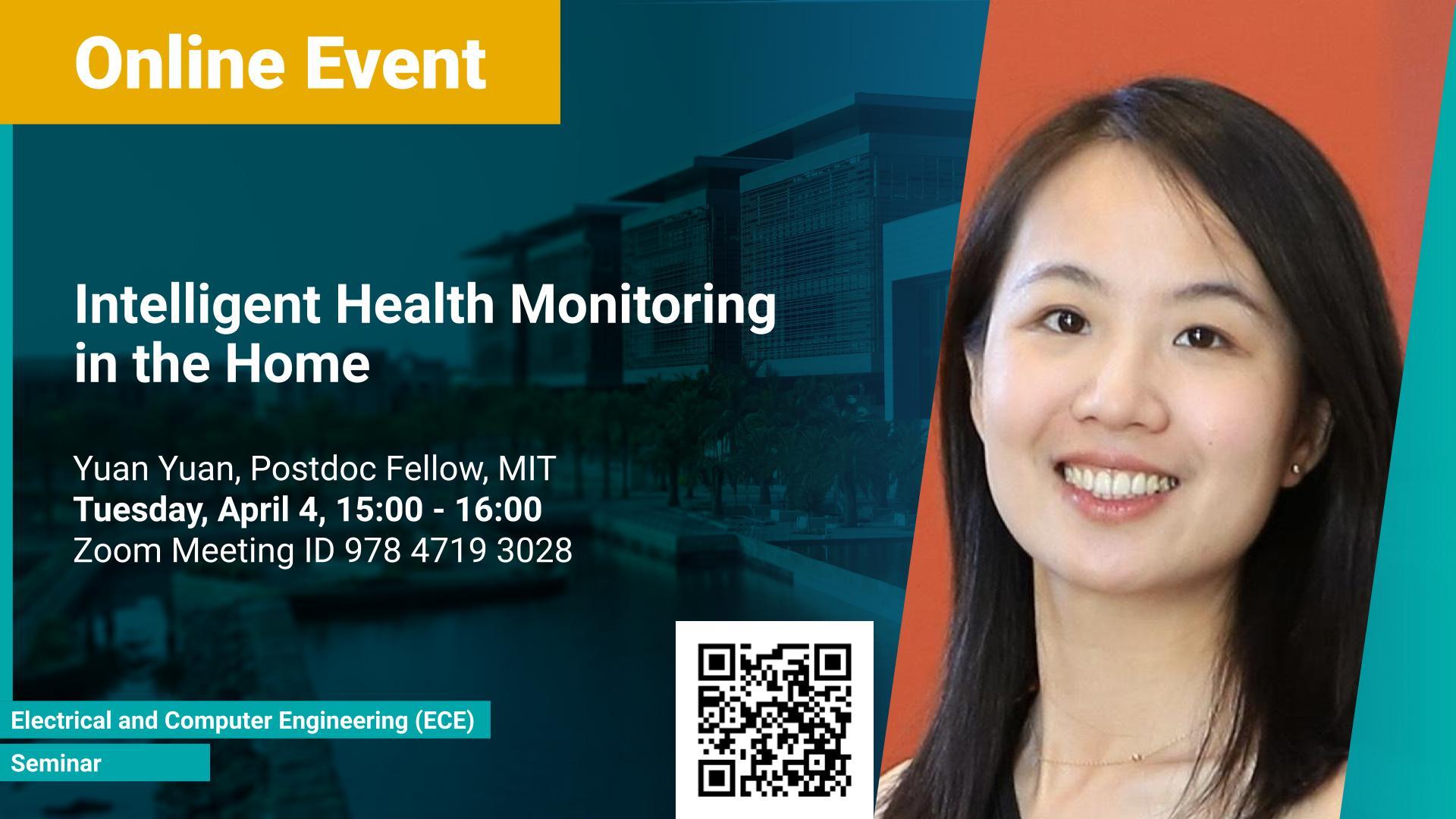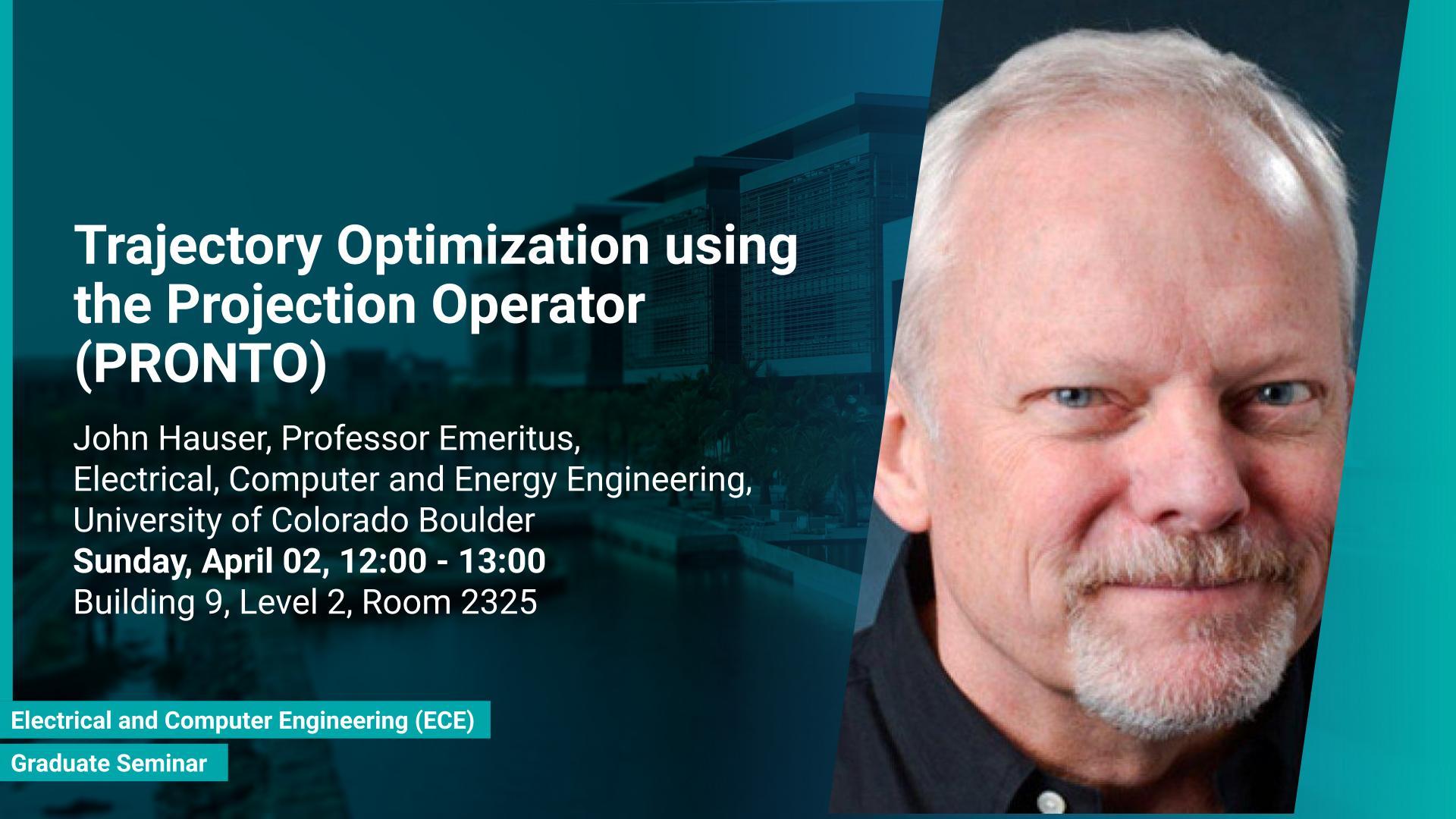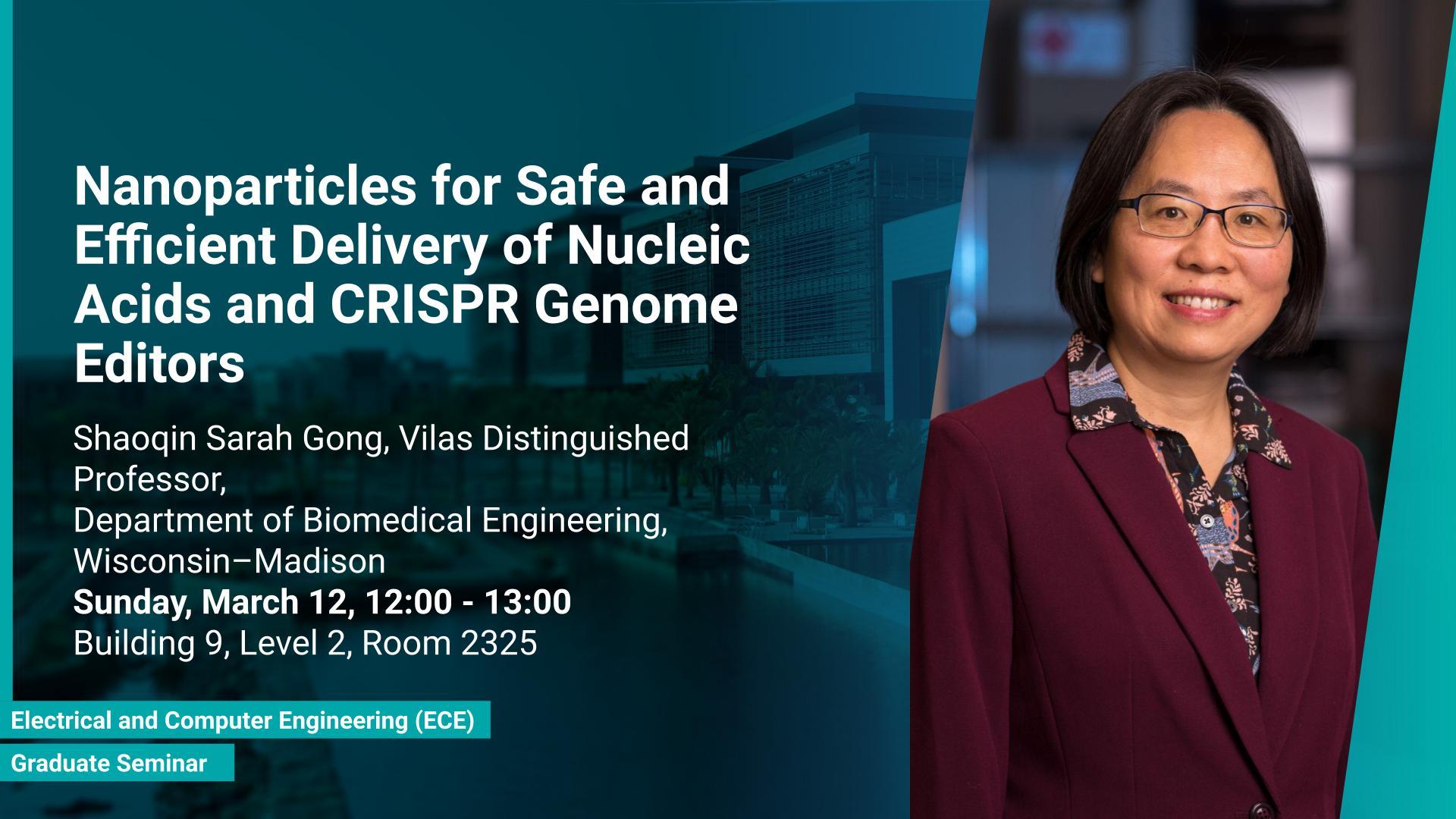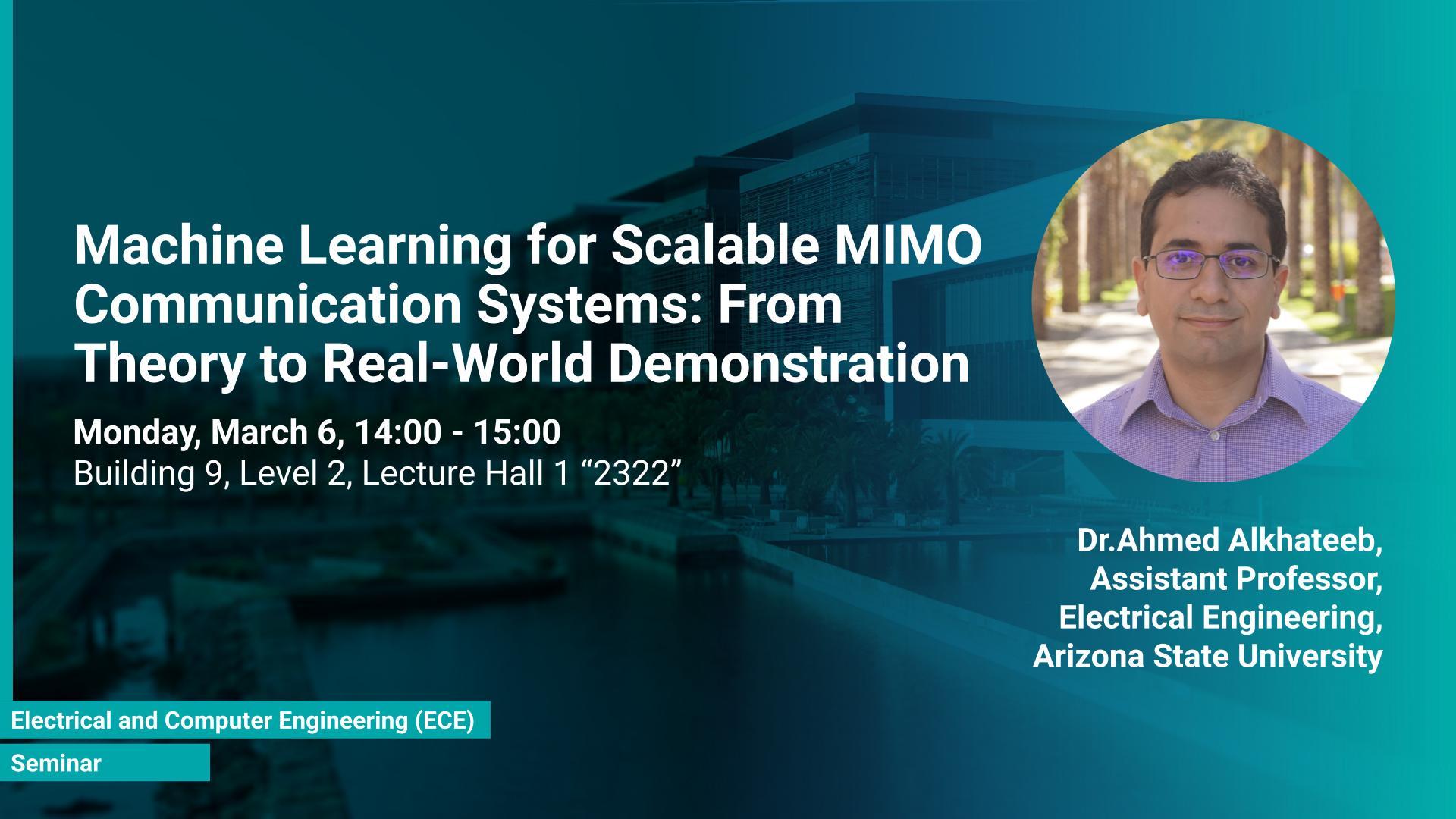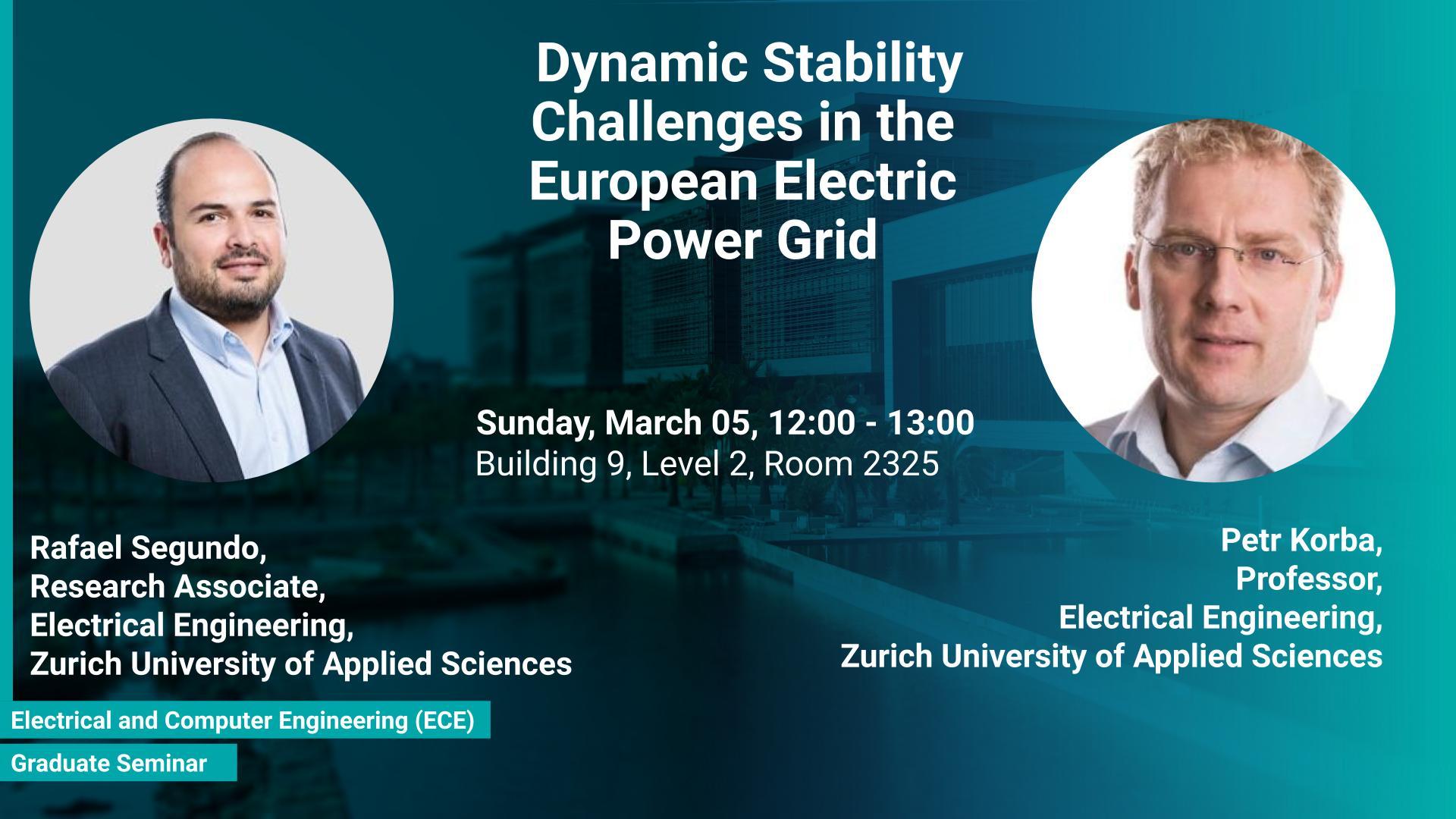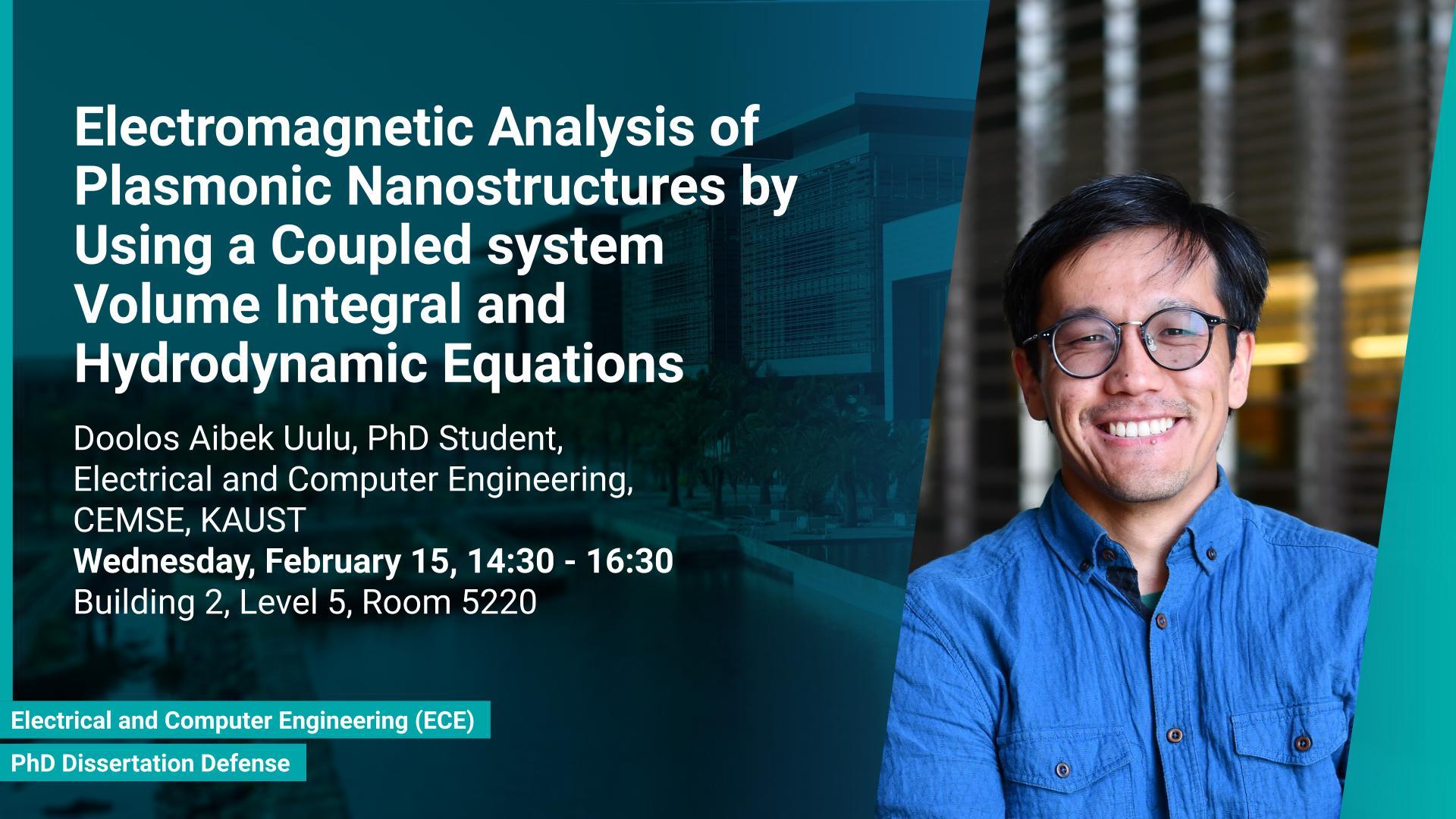PhD Degree,
Electrical and Computer Engineering
Thursday, May 18, 2023, 15:00
- 16:00
Building 5, Level 5, Room 5209
Contact Person
My research at the University of Toronto involves designing and fabricating CMOS-compatible nano-plasmonic waveguide structures and devices for on-chip communication. By taking advantage of the absence of diffraction limits, strong modal confinement is made possible using plasmonic device architectures, laying the foundations for improved optical processes and photonic circuit integration. All-oxide structures have emerged as promising plasmonic materials that can serve as relatively low carrier density Drude metals and dielectric spacers by their electro-optic tunability and versatility. I demonstrated the facile integration of all-oxide heterointerfaces into metal–insulator–semiconductor (MIS) electro-optic structures. From there, I fabricated MIS devices that incorporated semiconductive oxide layers with oxide dielectric spacers on silicon-on-insulator (SOI) platforms, constituting graded-index coupled hybrid plasmonic waveguide (CHPW) optical modulators.
